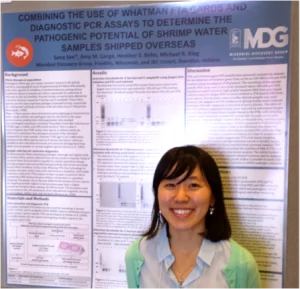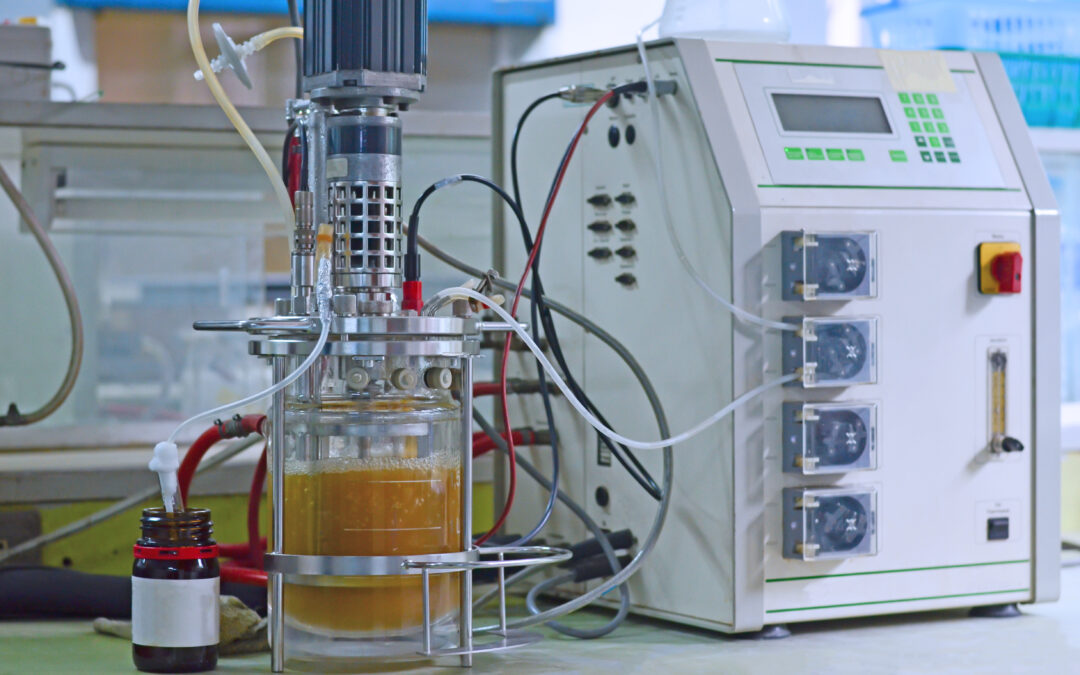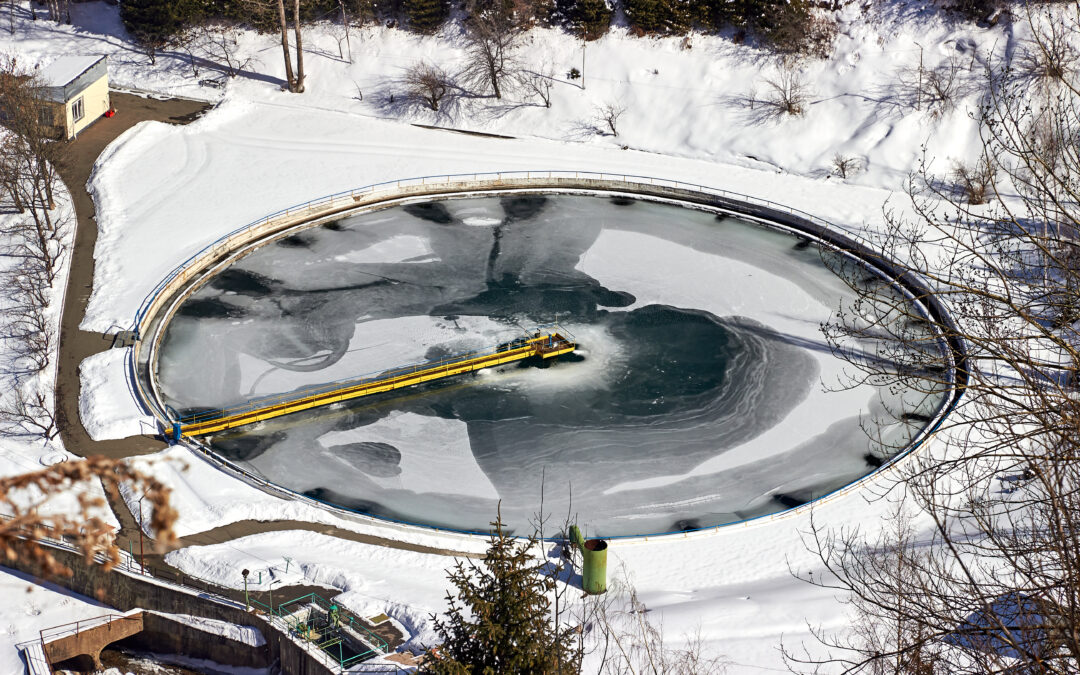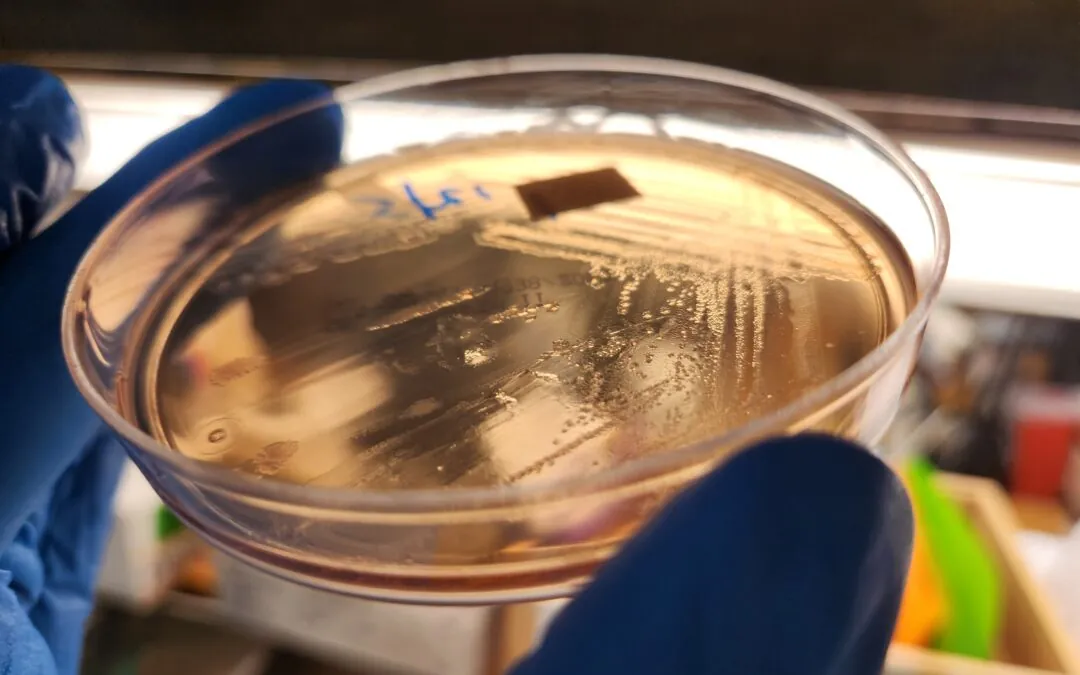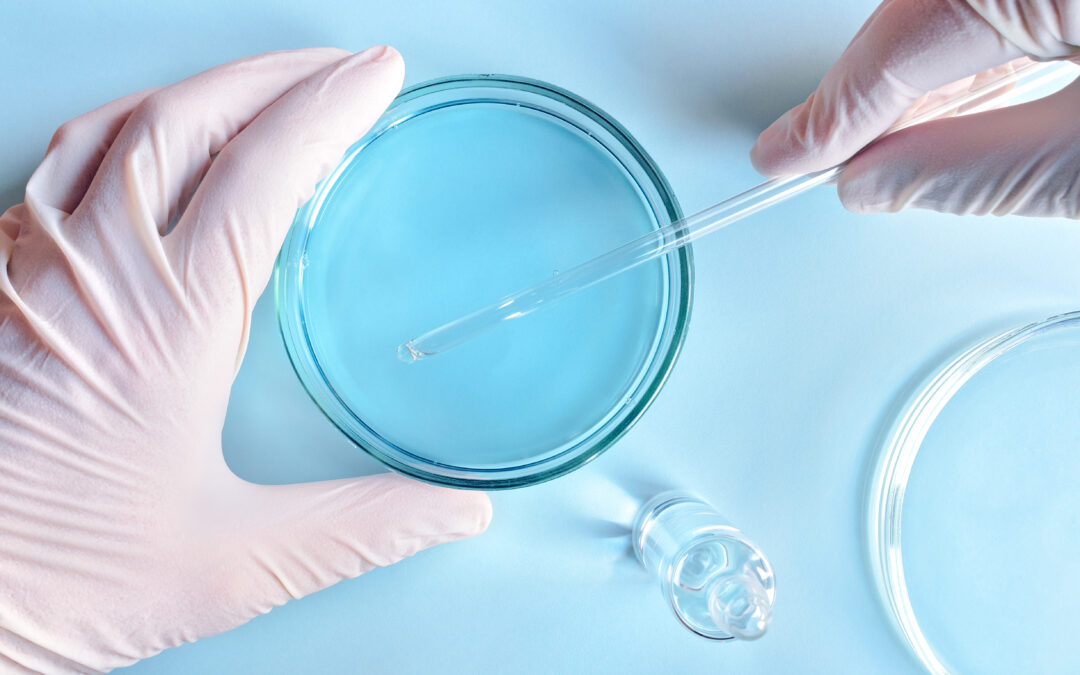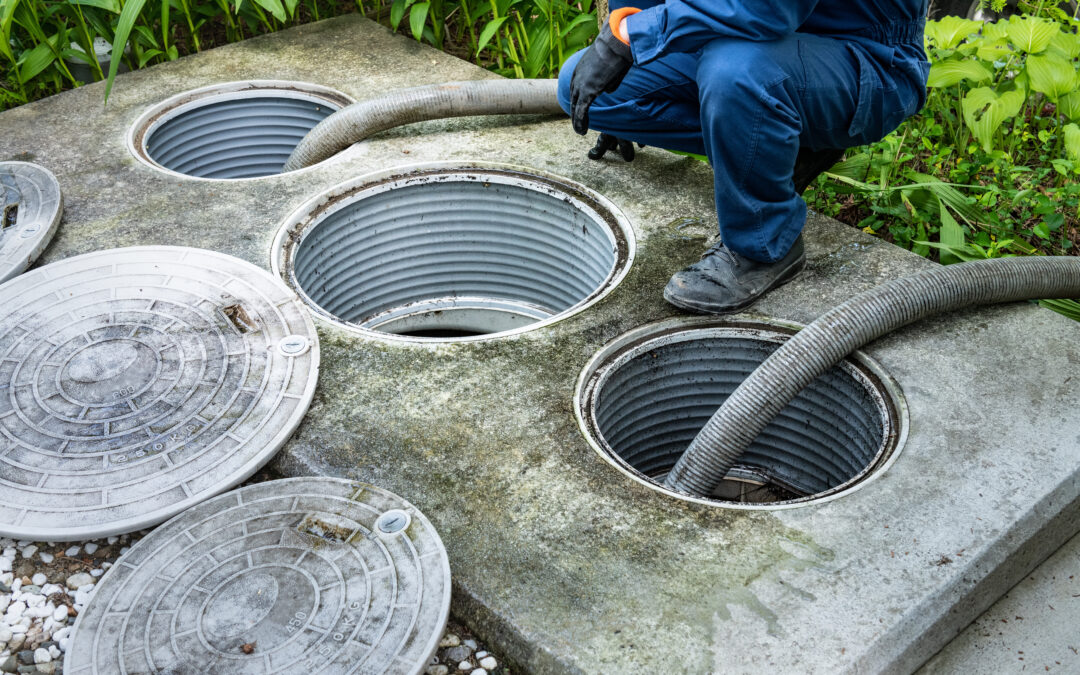MDG has made continuous advances in molecular methods for the aquaculture industry. Over the last year, we presented three posters that focus on how these methods provide better insight for your customers. Thanks for all of those who dropped by our poster at the World Aquaculture Society meetings in Jeju, Korea and also our poster at the American Society of Microbiology in New Orleans, USA. If you weren’t there, here is a brief synopsis of our work.
Poster #1
Combining the use of Whatman FTA cards and diagnostic PCR assays to determine the pathogenic potential of shrimp water samples shipped overseas. 2014. S. Son,
A. Lange, H. Behn, and M. King. Abstract/Poster: Aquaculture America 2014. Seattle, WA.
This poster was our first development of a pathogen detection method that allowed us to analyze your customers aquaculture sample from anywhere in the world. Simply put one drop of aquaculture pond water on a FTA card let it dry, and mail it without losing
microbial diversities or paying for expensive international shipping charges.
From this card we are able to extract DNA from the bacteria in the pond water and identify the Vibrio toxins present in the ponds sampled.This method was semi-quantitative and allowed us to provide meaningful information to your customers but required extra work to provide numerical values vs presence/absence information. However, it was the cornerstone of being able to receive samples globally.
If interested, this work is in print. Field Diagnostic Tools for Pathogenic Vibrios.
M. King, S. Son, A. Lange, H. Behn, and J. Bradley. 2014. Global Aquaculture Advocate. May/June. 40-42
Poster #2
Use of FTA cards for quantitative PCR detection of Vibrio harveyi and Vibrio campbellIi toxin genes and gene expression within shrimp pond water samples. 2015. Sona Son*, Amy M. Lange, and Michael R. King. Abstract: World Aquaculture Society Meeting. Jeju, Korea.
The next step of adapting our pathogen method to quantitative PCR (qPCR) focused on 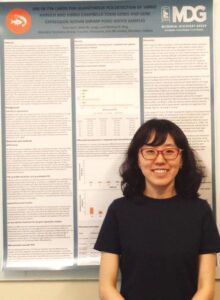
This work started at the DNA level, where we recognized that just because a toxin gene is present, it doesn’t mean the gene is turned on. Meaning, the pathogen may not be the cause of disease in certain conditions. We began to show that poor management practices, such as not maintaining proper pH or excessive or inadequate salinity, actually induce pathogenic Vibrio to produce their toxins, and that the same bacteria in well-managed conditions did not produce those toxins. Vibrio seem to be friendly when conditions are ideal, but when conditions go beyond optimal, the toxins turn on. With this additional information and the use of the FTA card we are able to provide a better risk assessment for producers.
Poster #3
Use of FTA cards for diagnostic reverse transcriptase PCR to determine Vibrio harveyihemolysin toxin gene expression in shrimp pond samples. 2015. A. Lange, S. Son, M. King. Abstract. American Society of Microbiology General Meeting. New Orleans, LA.
Our third poster, which was presented at the American Society of Microbiology conference in New Orleans, LA, begins to provide the application of all our previous efforts. After showing that we could detect differences in toxin gene expression in the laboratory, we 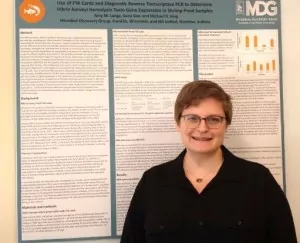
The information that we are able to obtain through the FTA card is essential in providing insight to improve your customers overall yield which is often negated by Vibrio in improperly managed systems.
These tools will begin to demonstrate what pathogens are present, and their ability to turn on their toxin genes without notice. Showing where and how problems exist is the first step toward ounce of prevention vs a pound of cure. Molecular methods, such as those found in our three posters, allow us to prevent the problems of tomorrow vs. fighting the problems we face today. As the world starts to slip back into less water exchange strategies, these types of management programs become more important in finding ways to deal with shrimp pathogens.
If you’re interested in more information or sample testing we would be glad to hear from you. No matter where you are in the world.
